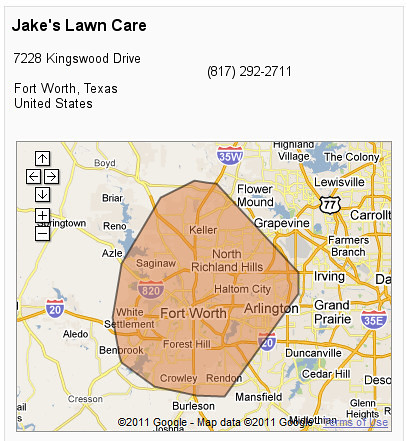I’ve often mentioned how Google Maps/Places has used distance from city centroids as a major ranking factor. Indeed, Google still mentions how distance is a local ranking factor (most recently they stated this in a LatLong blog post on how local search ranking works).
However, there is some compelling evidence to show that they’ve become more sophisticated than they were earlier after Google Maps was born. I believe they’re increasingly using city and ZIP code region outlines when determining the local relevancy for businesses.
First of all, Google’s introduction of Service Areas this past year demonstrates very obviously that they’re incorporating city and ZIP region outlines with local business data. In addition to being able to specify the more traditional radius from a centroid, the tools within Google Places allow you to specify specific cities and ZIP codes as service areas, and their map indicates a rough polygon outline of selected regions. David Mihm first pointed this out to me last year, and you can see it for this example of a business which offers service to the Fort Worth area:
You can also get a business’s service area to show up outside of the Google Places administrative interfaces, in the Map interface itself, by clicking on “Show service area”: (more…)

